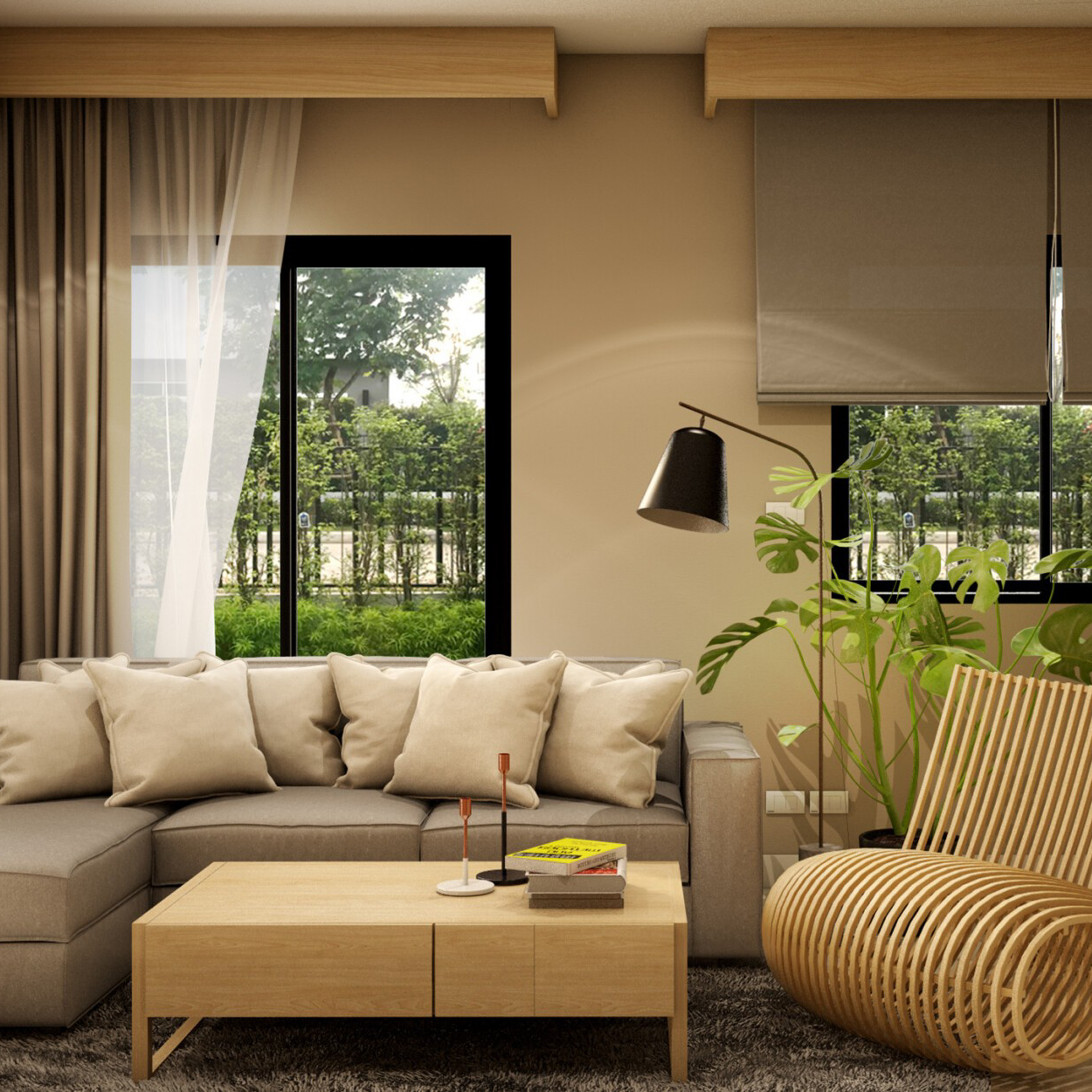Introduction
Mid-century modern design has been enjoying a revival in recent years, and it’s not hard to understand why. The clean lines, minimalist aesthetic, and timeless appeal of mid-century modern pieces have made them popular with designers and homeowners alike. One of the most iconic features of mid-century modern design is the ceiling light. In this article, we’ll take a closer look at the history and design of mid-century modern ceiling lights, and explore how they continue to inspire designers and homeowners today.
History of Mid-Century Modern Ceiling Lights
Mid-century modern design emerged in the aftermath of World War II, as designers sought to create a new aesthetic that reflected the changing values of postwar society. The clean lines and streamlined shapes of mid-century modern furniture and decor were a rejection of the ornate, heavily embellished styles of the past. Ceiling lights were an important part of this design movement, as they allowed designers to create bright, modern spaces that were free of clutter and unnecessary details.
One of the most iconic mid-century modern ceiling lights is the Sputnik chandelier, which first appeared in the late 1950s. This distinctive light fixture takes its name from the Soviet satellite launched in 1957, which inspired a wave of space-themed design. Sputnik chandeliers feature a central sphere with dozens of arms radiating outward, each ending in a light bulb. The effect is dramatic and eye-catching, and the Sputnik chandelier has become a symbol of mid-century modern design.
Design Features of Mid-Century Modern Ceiling Lights
Mid-century modern ceiling lights are known for their clean lines, geometric shapes, and minimalist aesthetic. Materials like metal, glass, and plastic were popular, and designers often incorporated new technologies like fiberglass and acrylic into their designs.
One of the key design features of mid-century modern ceiling lights is the use of materials in unexpected ways. For example, the Arco lamp, designed by Achille and Pier Giacomo Castiglioni in 1962, features a marble base and a long, arched steel arm that suspends a light fixture. The combination of materials and the striking shape of the lamp make it an iconic mid-century modern piece.
Another important design element of mid-century modern ceiling lights is the use of repetition and symmetry. Symmetrical light fixtures like the Sputnik chandelier or the Nelson Saucer Bubble Lamp create a sense of balance and order that is characteristic of mid-century modern design.
Modern Interpretations of Mid-Century Modern Ceiling Lights
Although mid-century modern design was popular in the 1950s and 60s, its clean, minimalist aesthetic continues to inspire designers and homeowners today. Many modern designers are creating new versions of mid-century modern ceiling lights that incorporate the same clean lines and geometric shapes as their predecessors, but with updated materials and technologies.
For example, the George Nelson Bubble Lamp, first designed in 1947, is now available in LED versions that are more energy-efficient and longer-lasting than the original. Similarly, the Sputnik chandelier has been reimagined in a variety of materials, including blackened brass, polished nickel, and even hand-blown glass.

